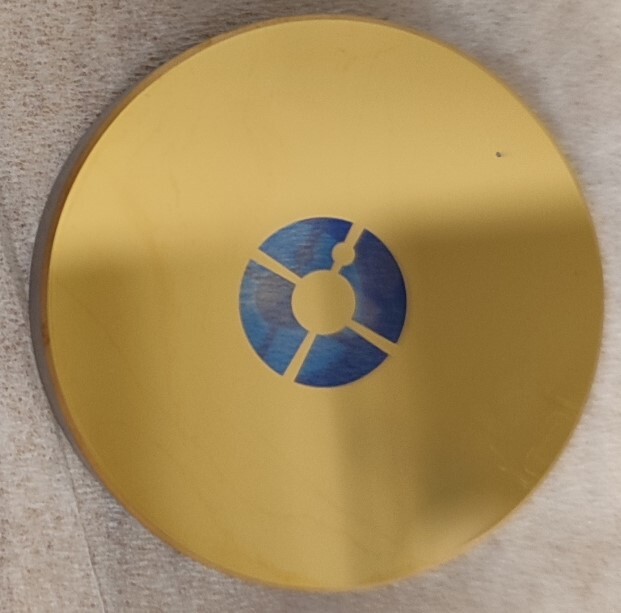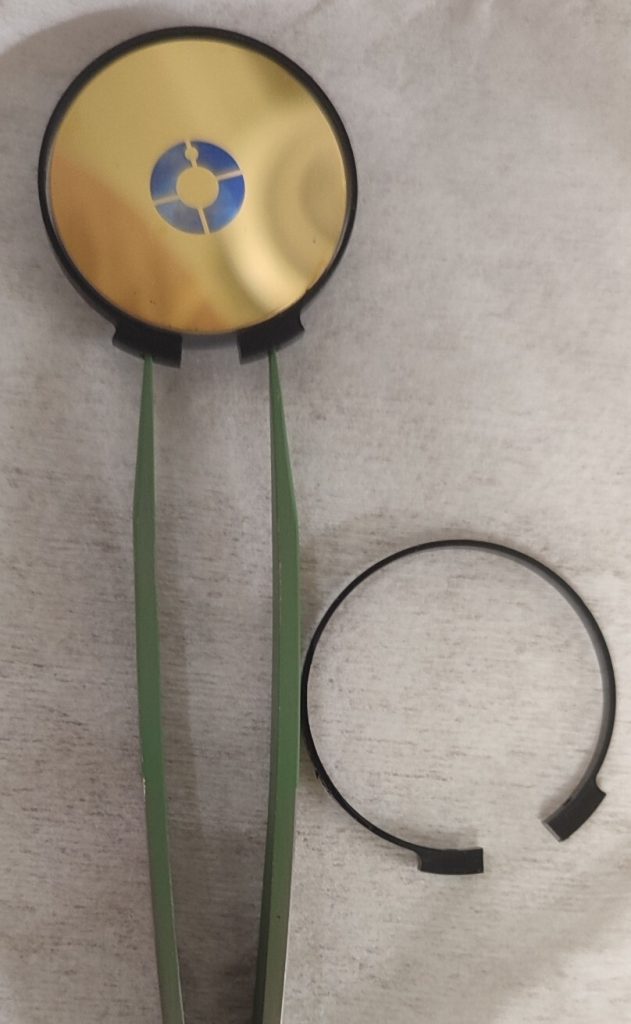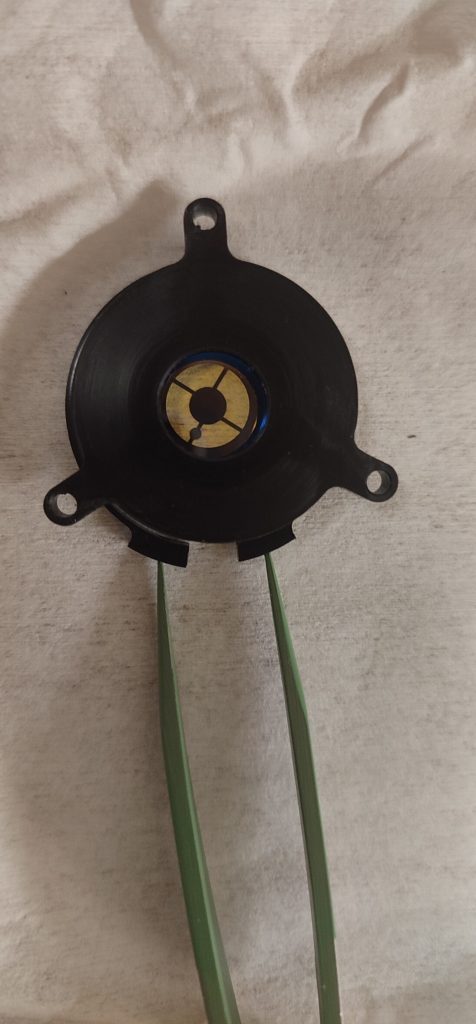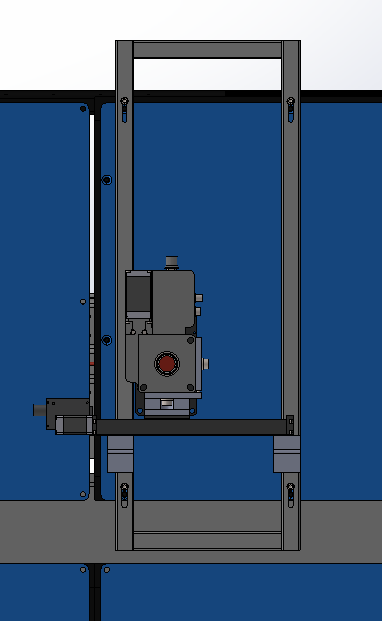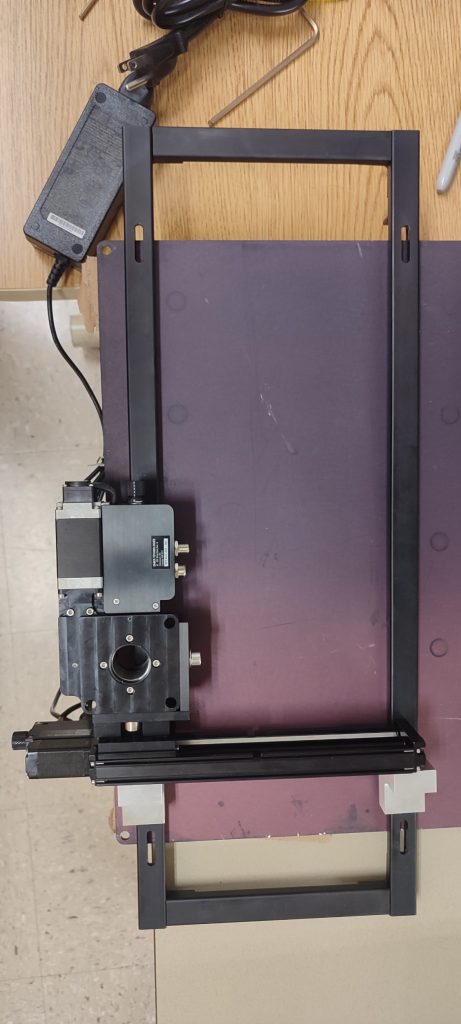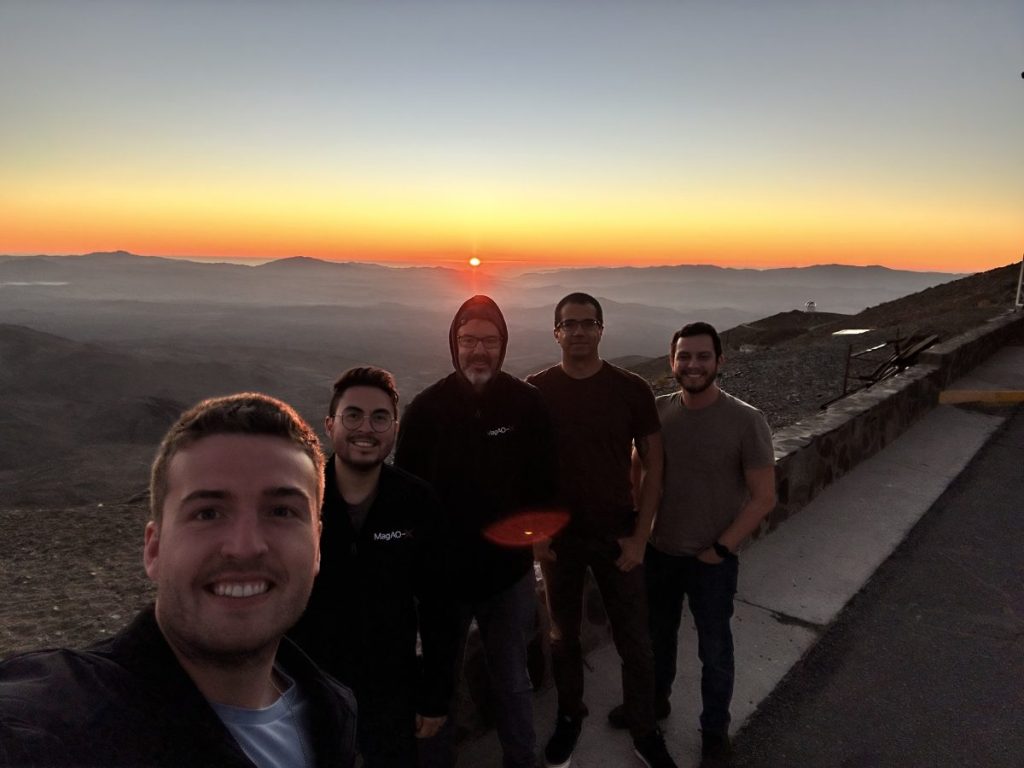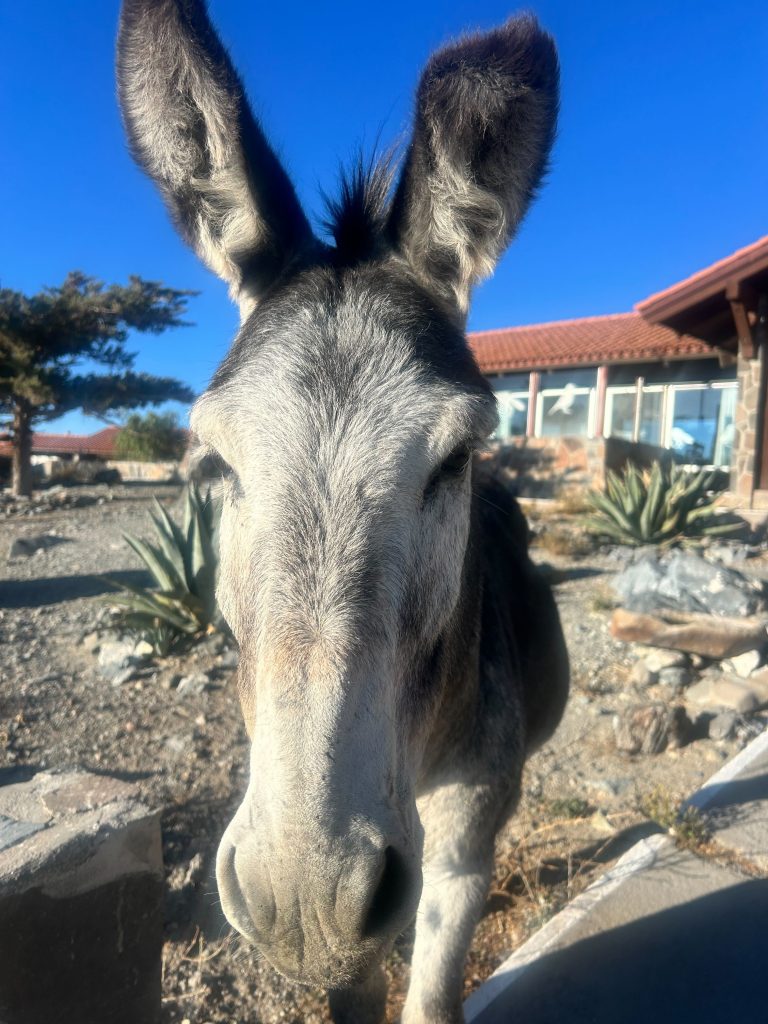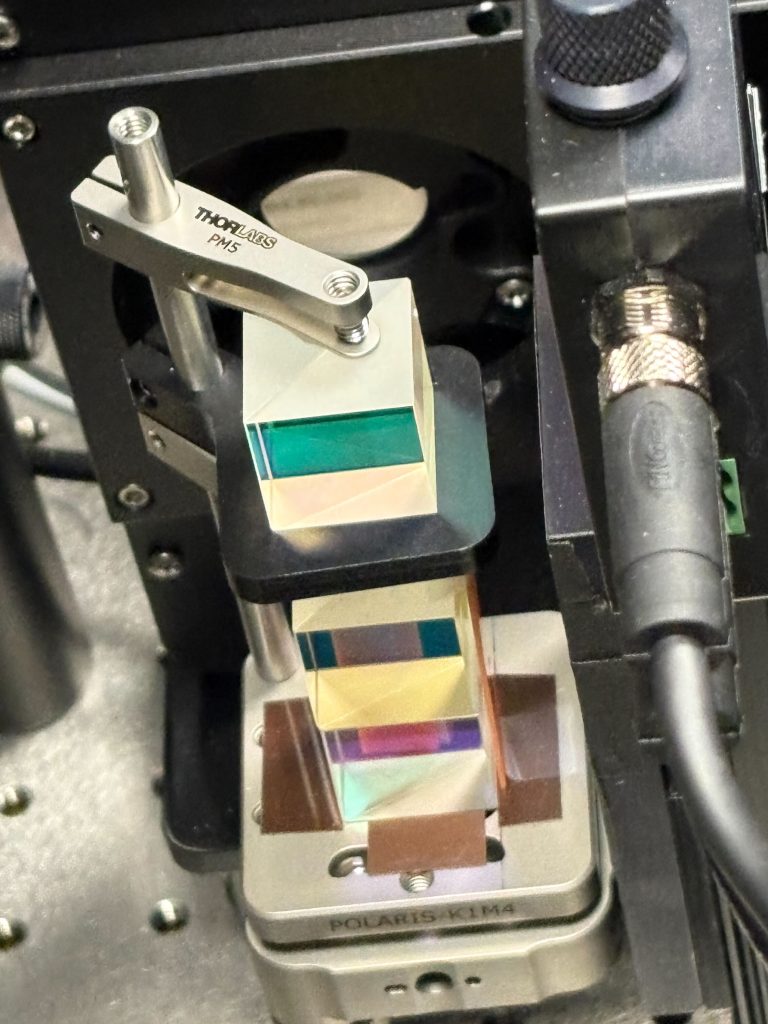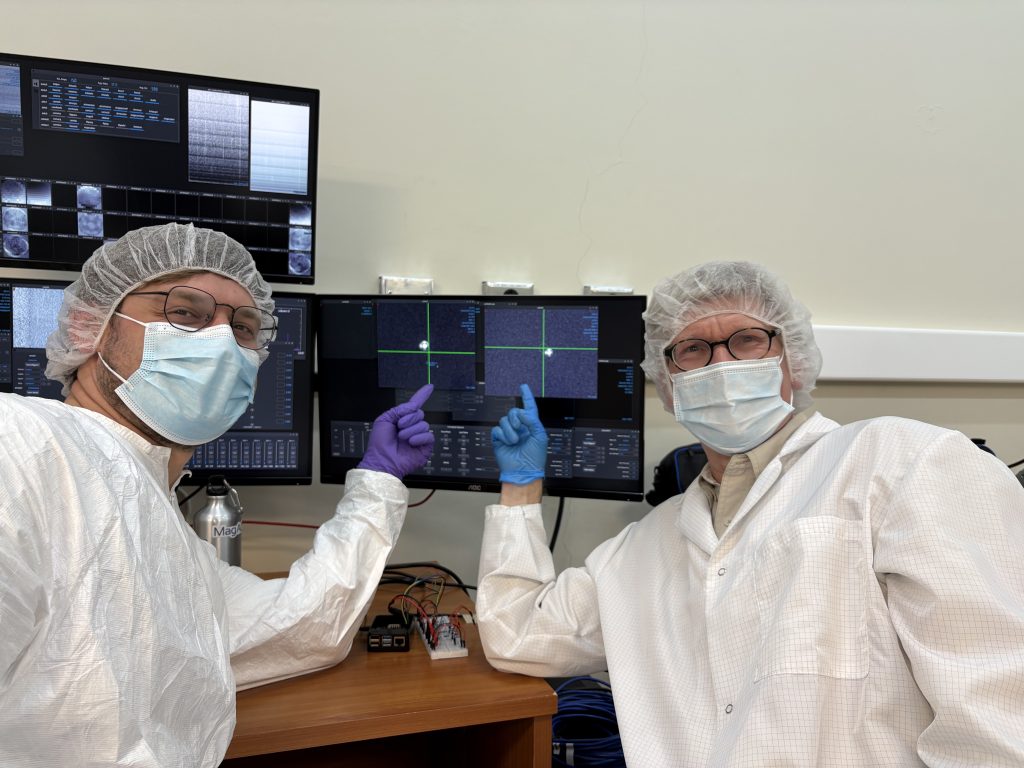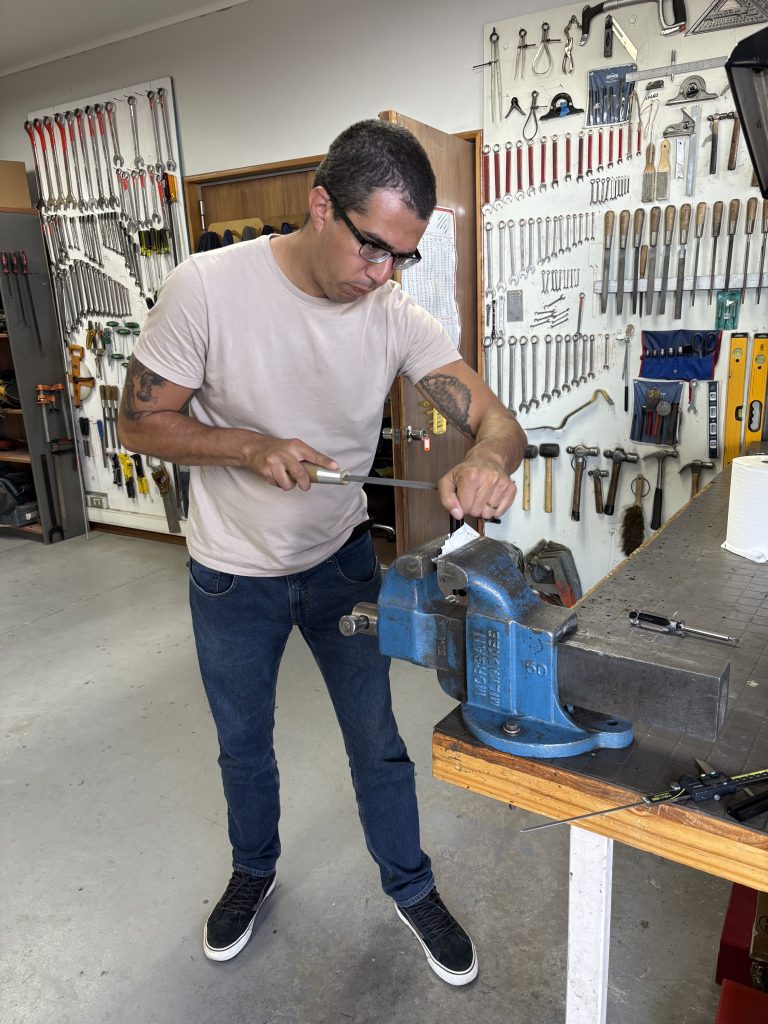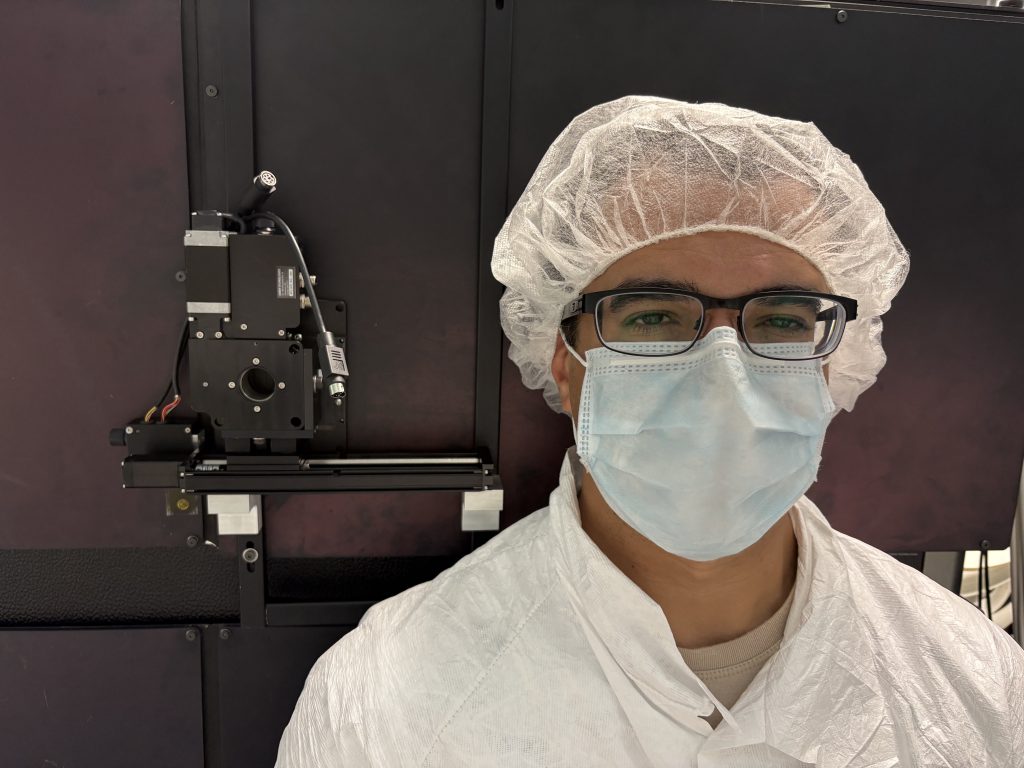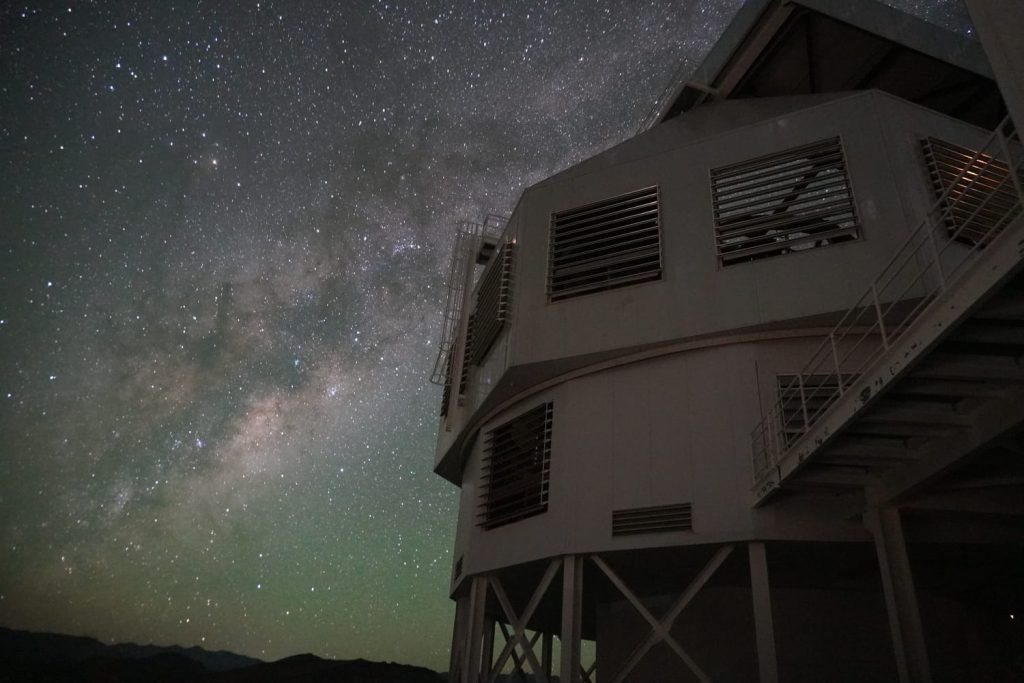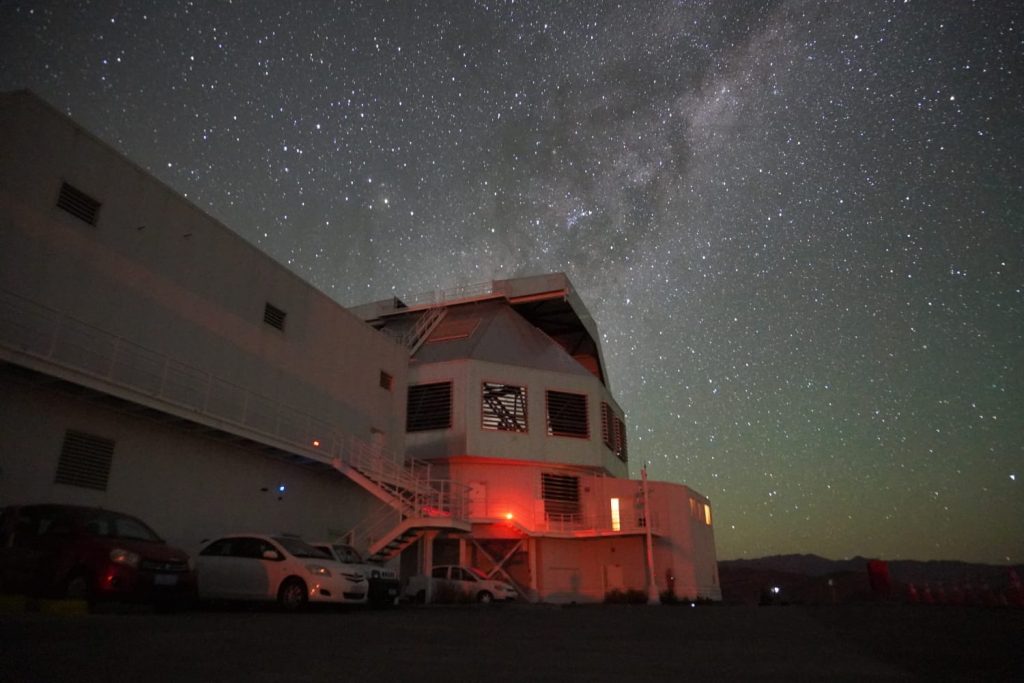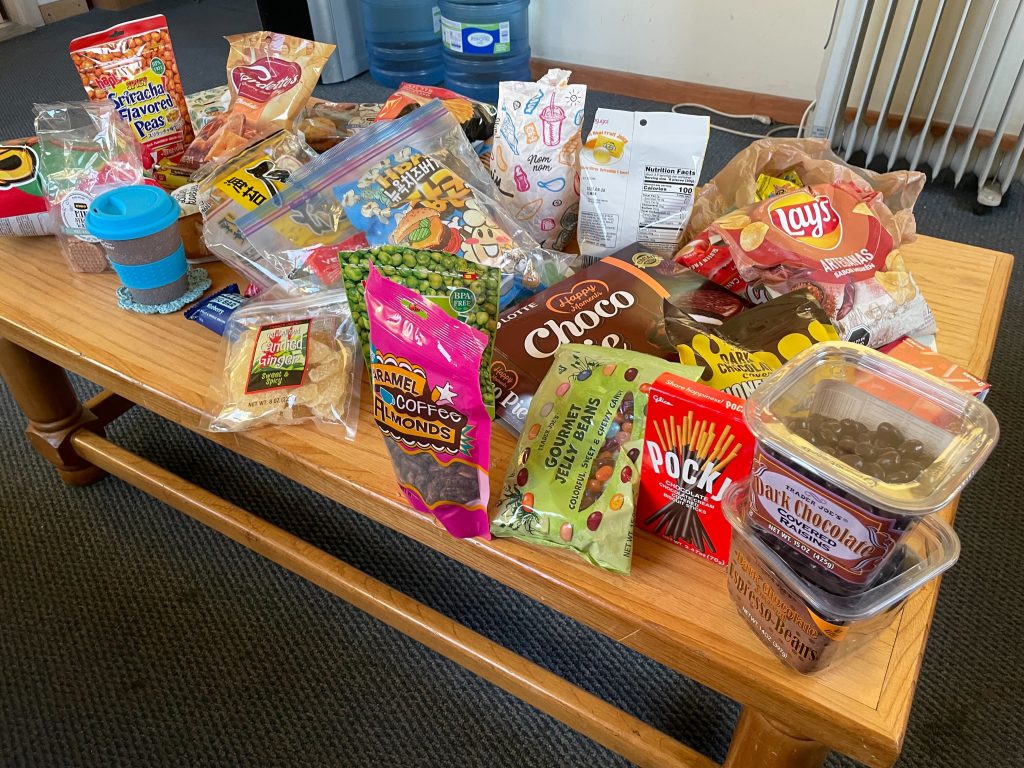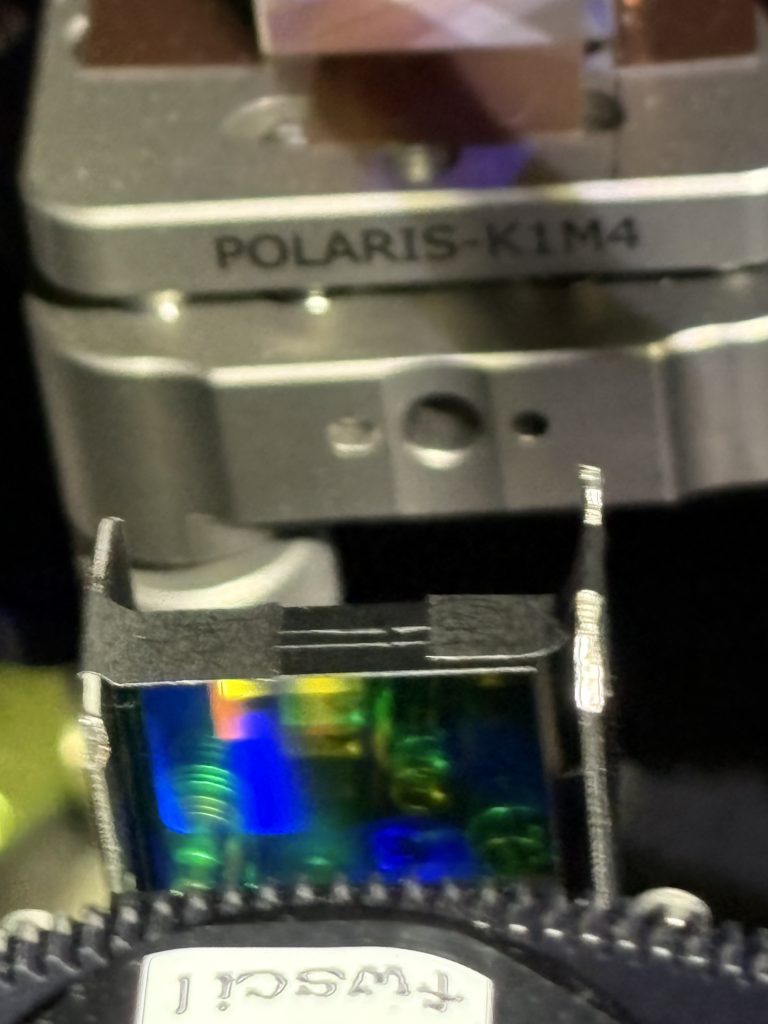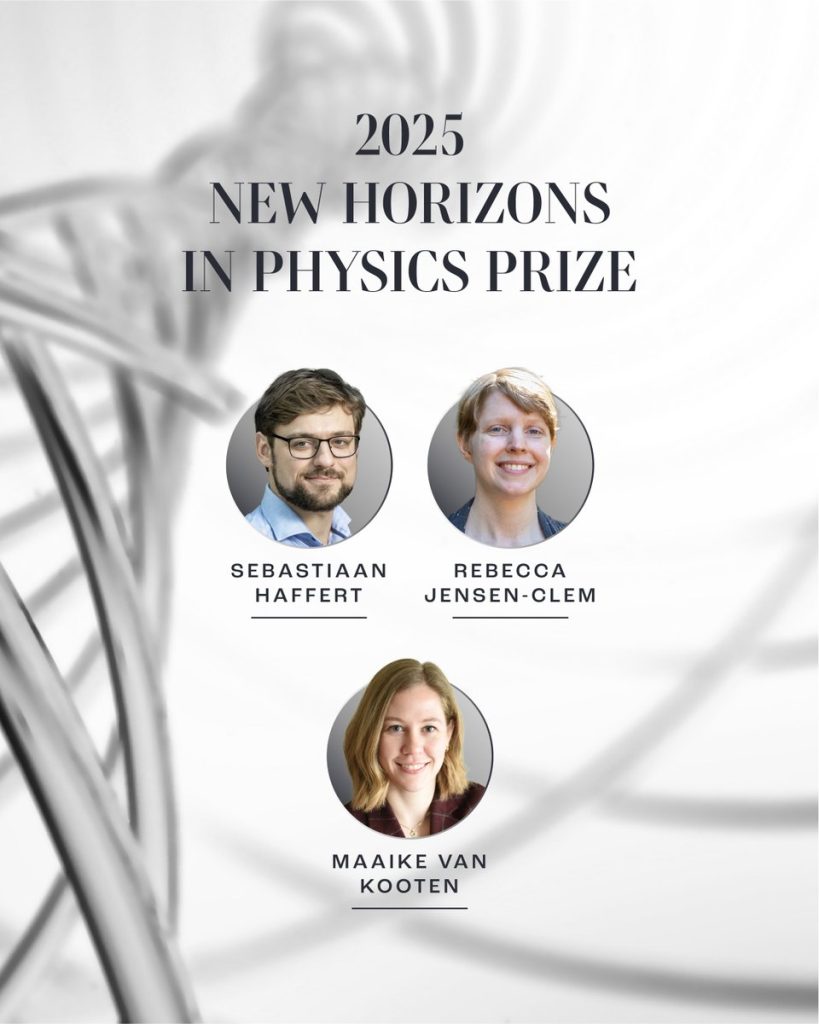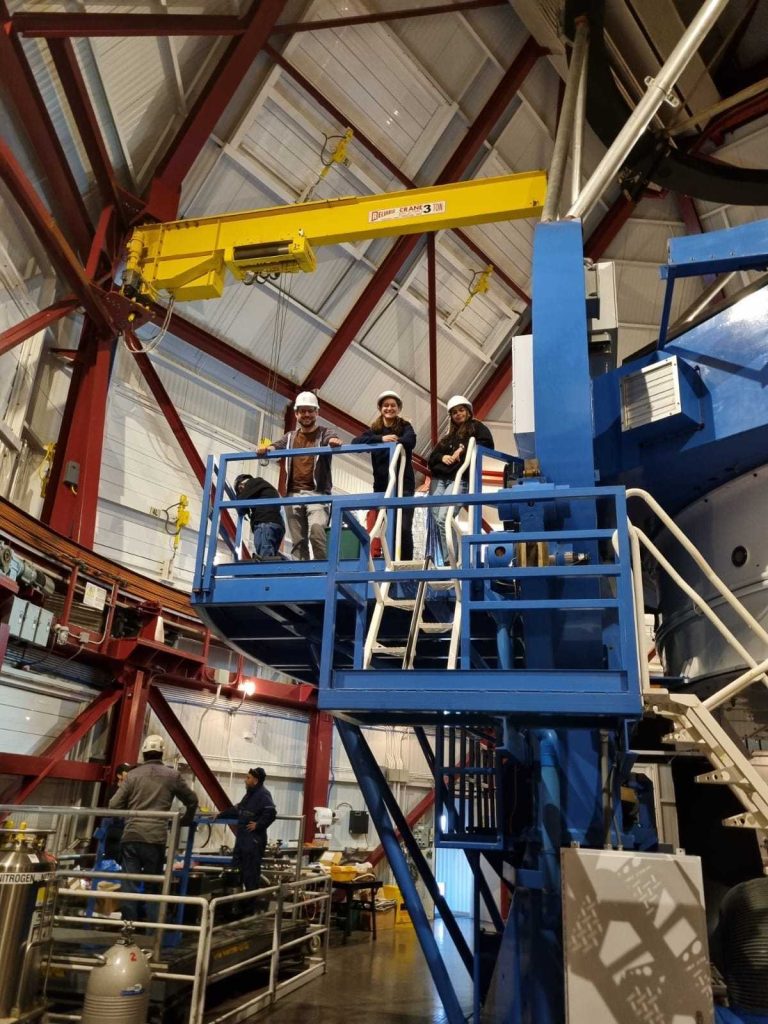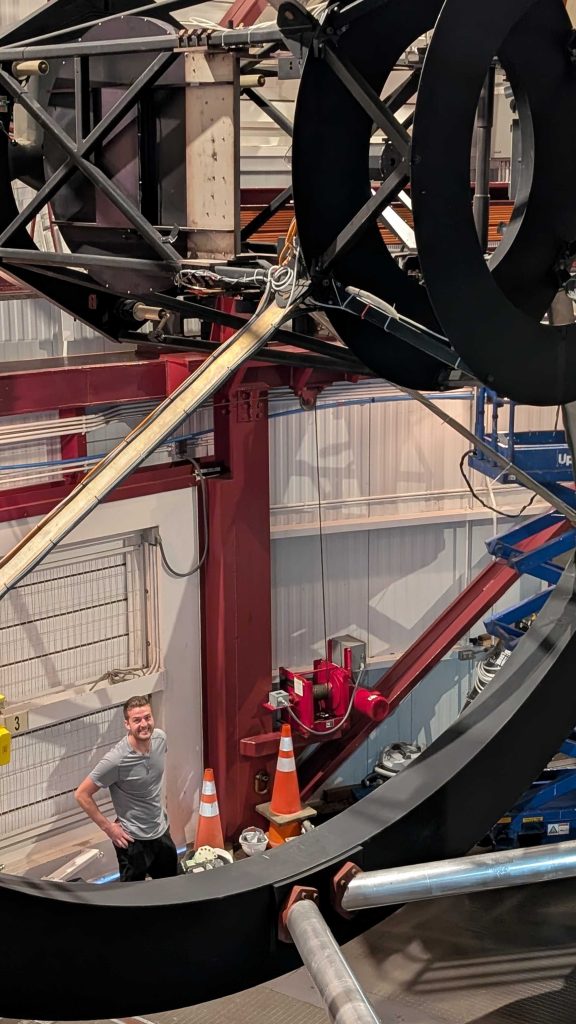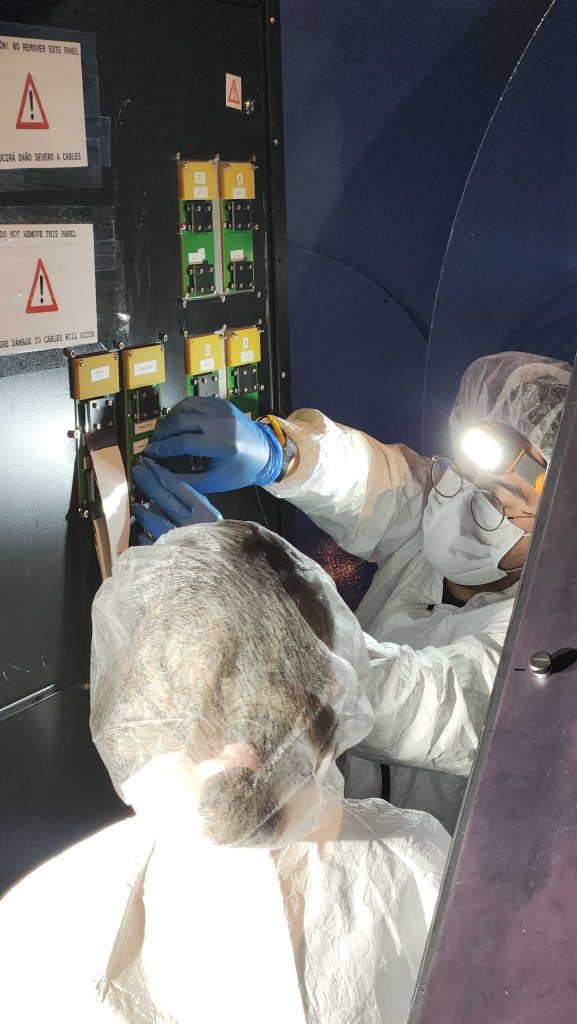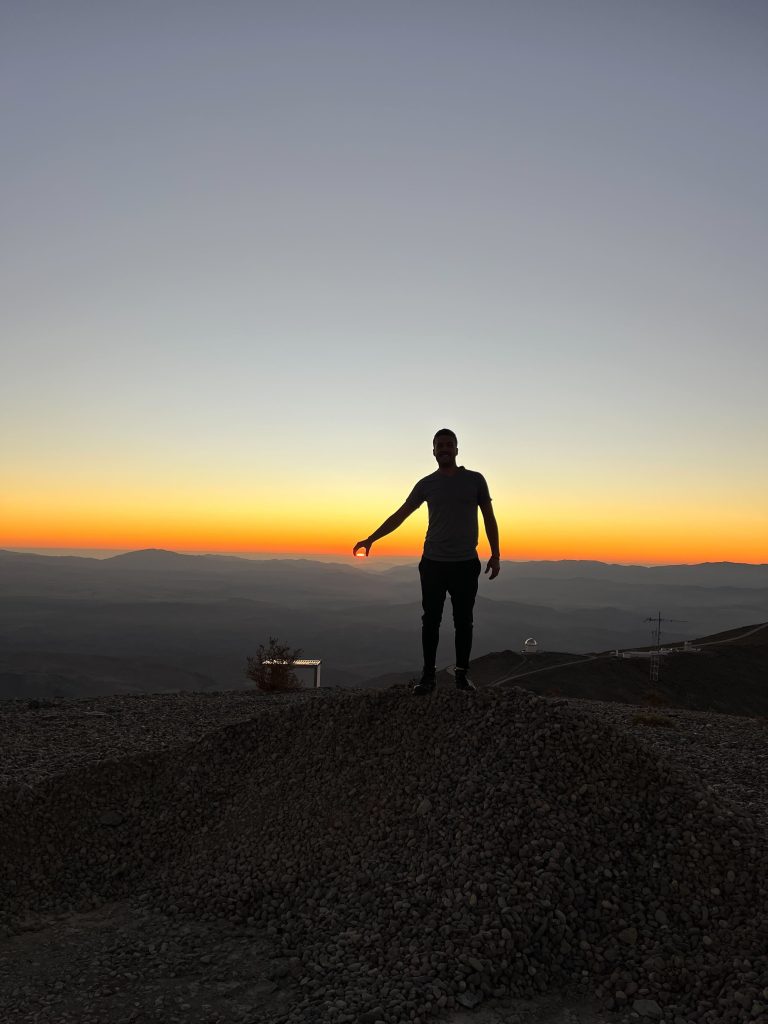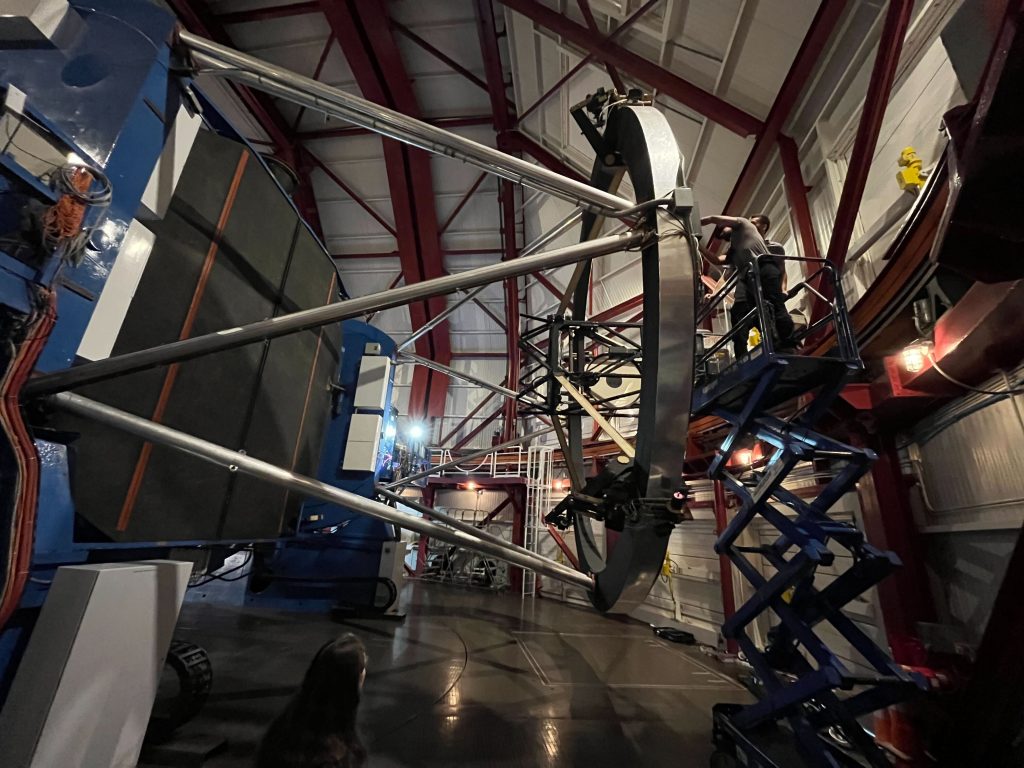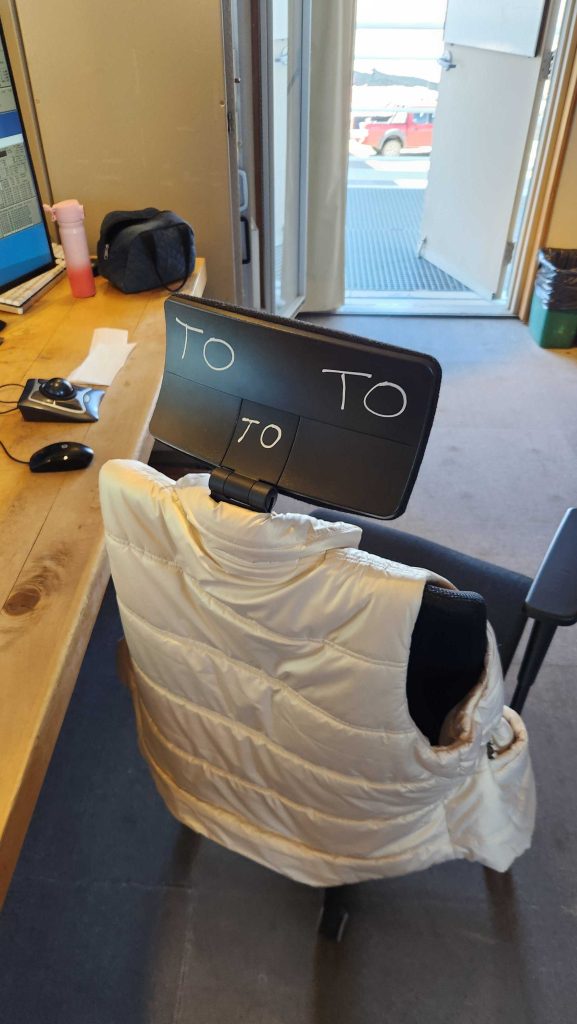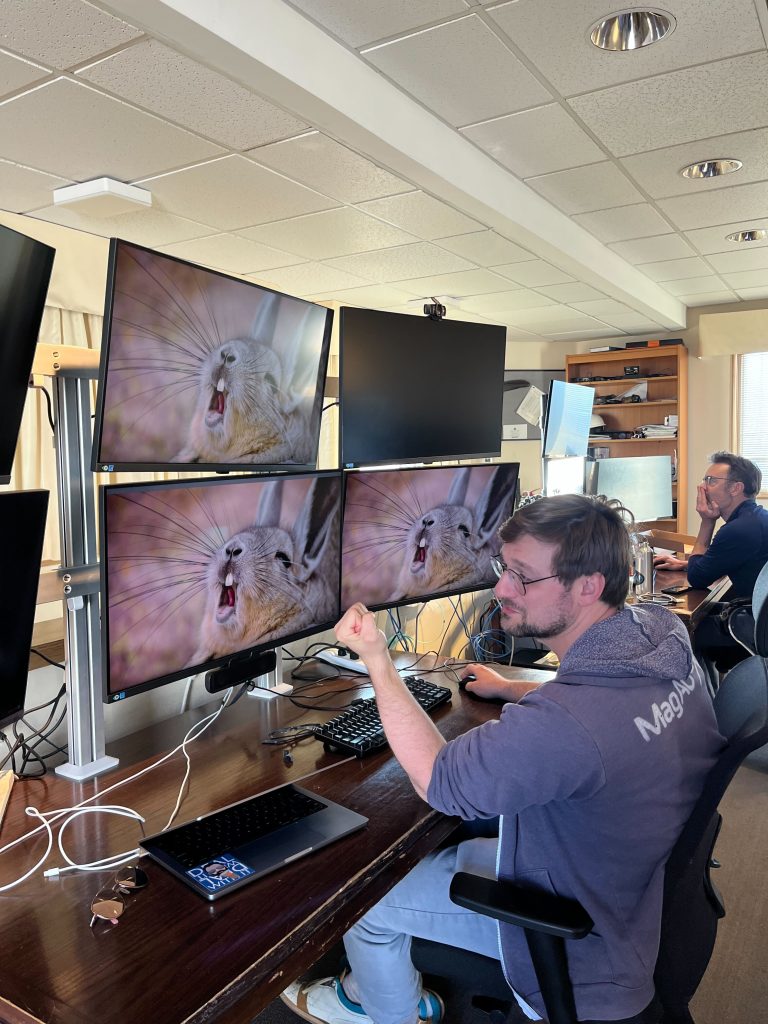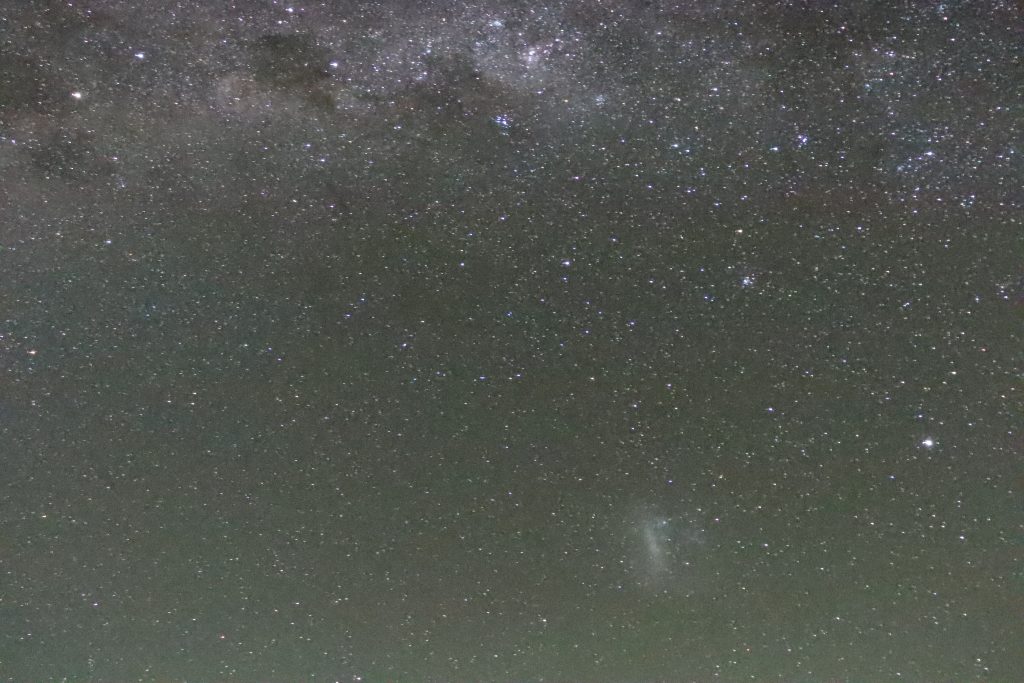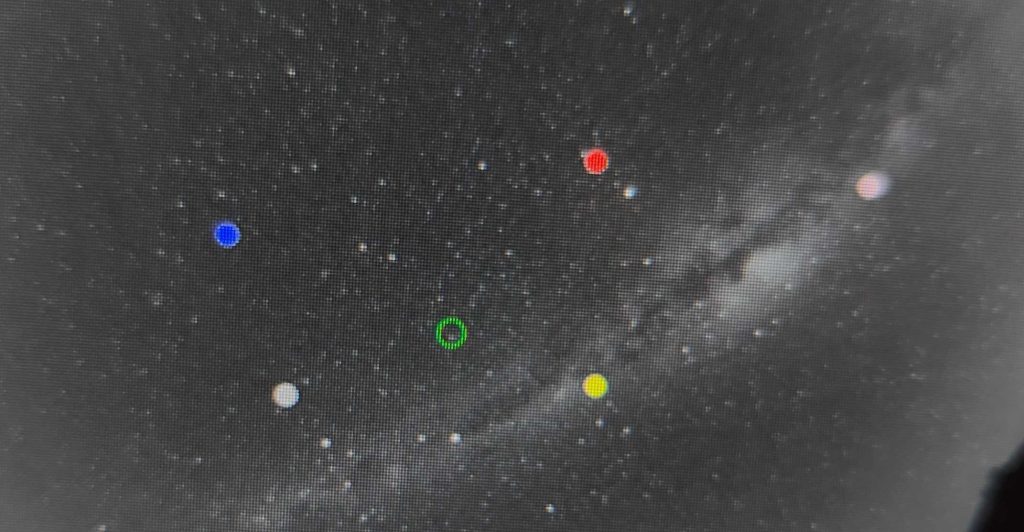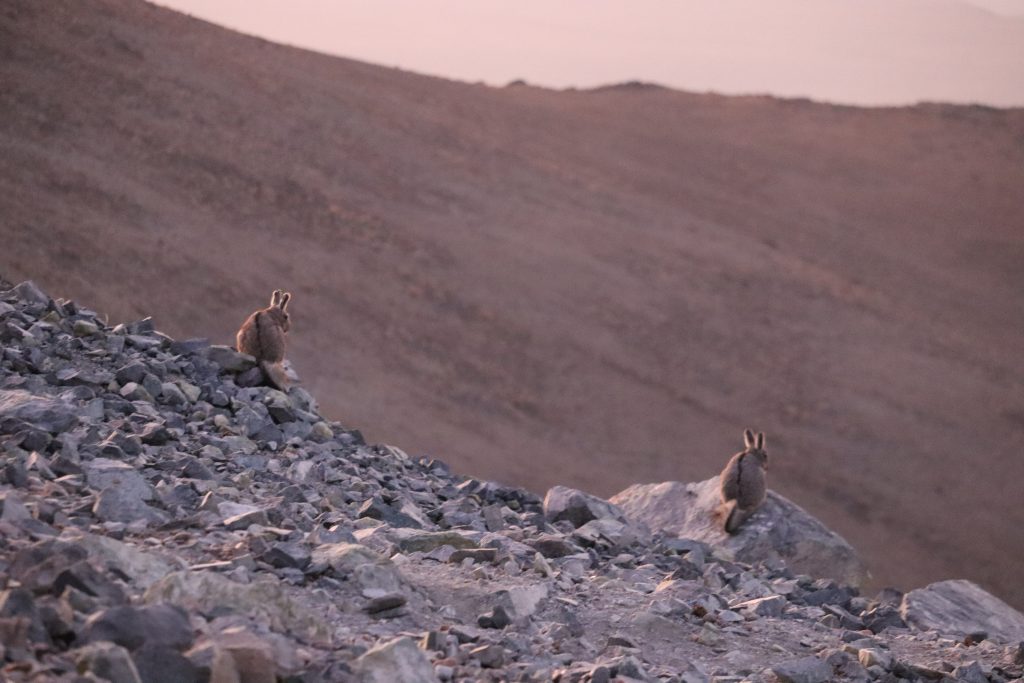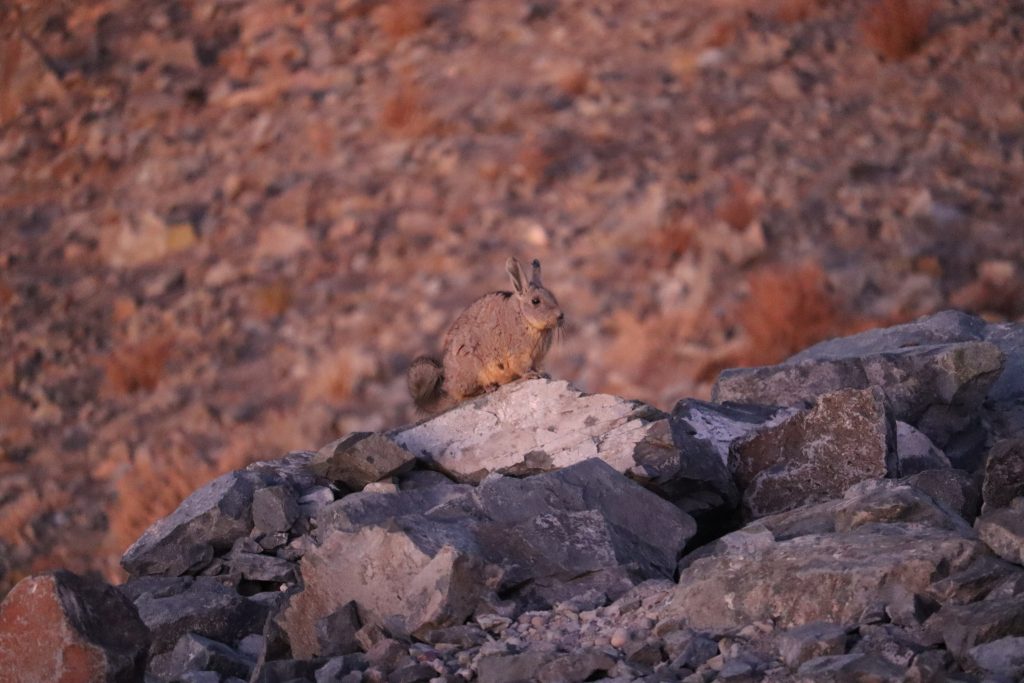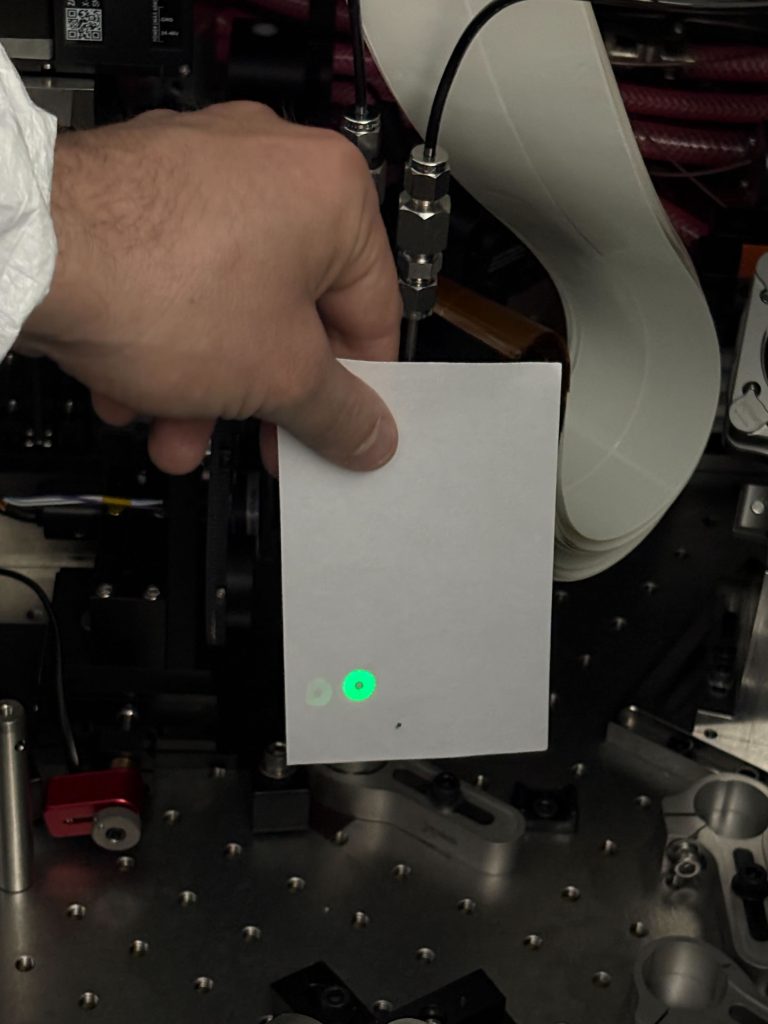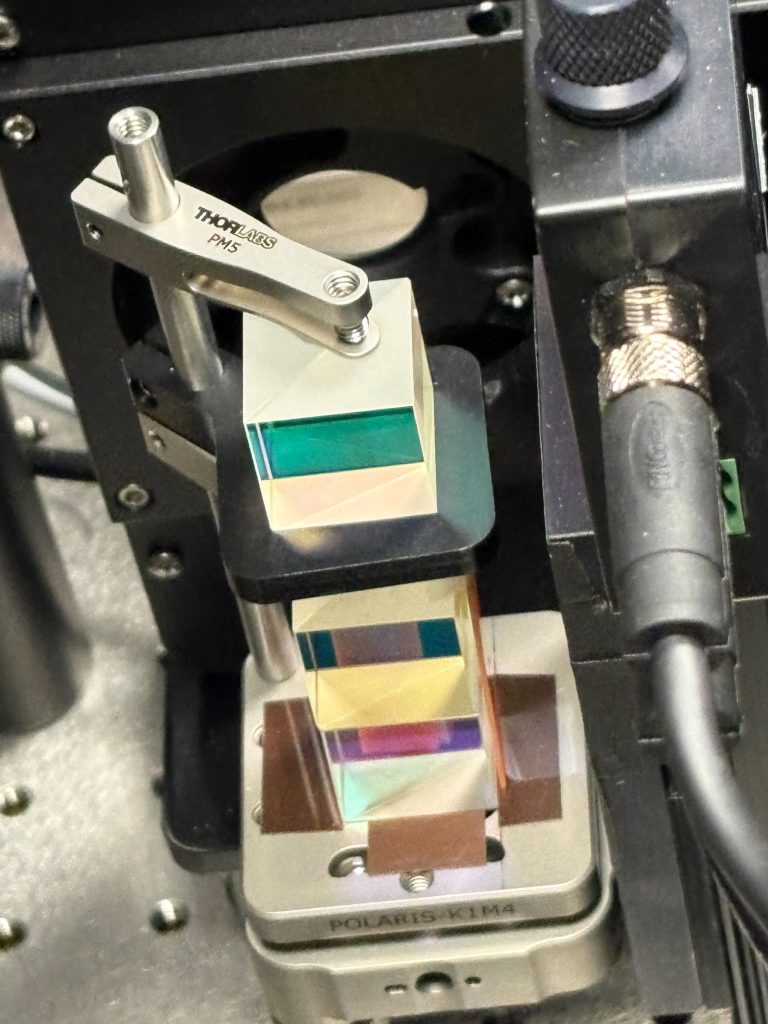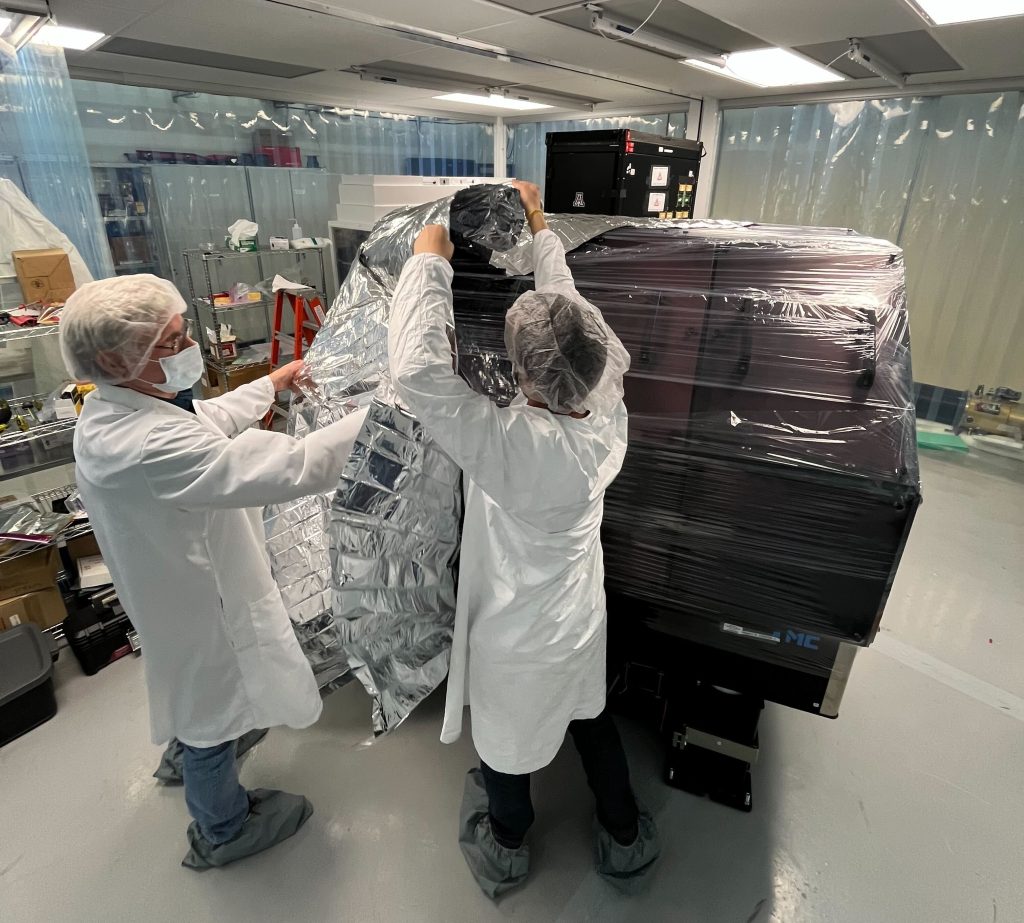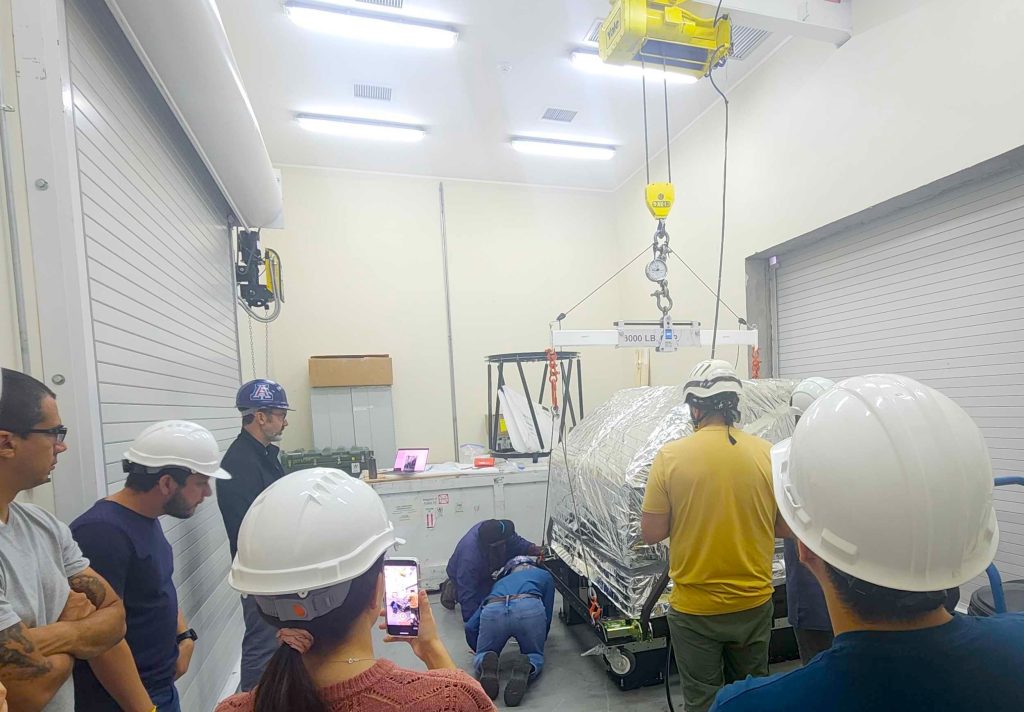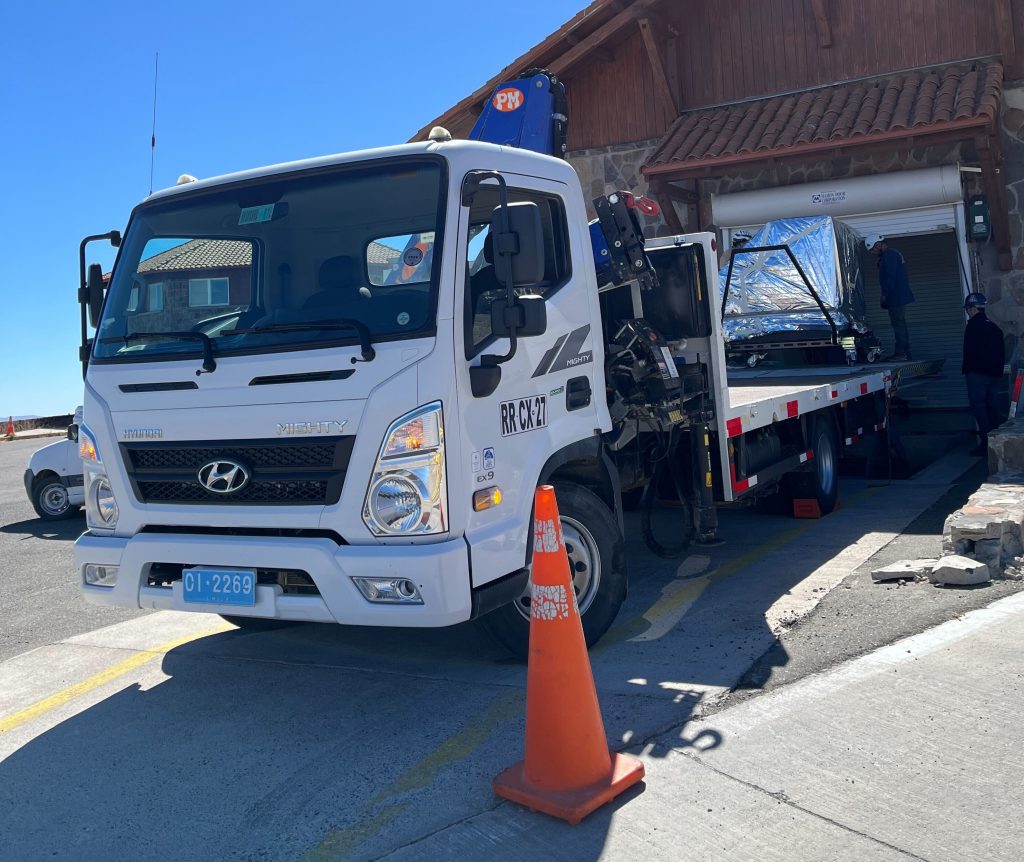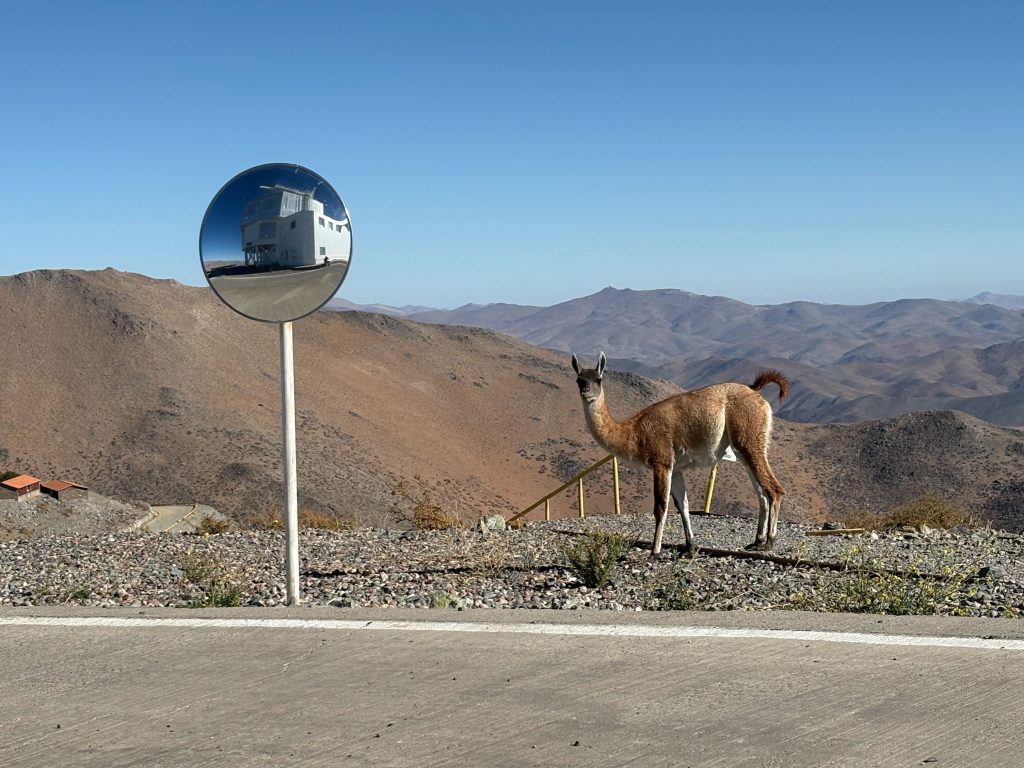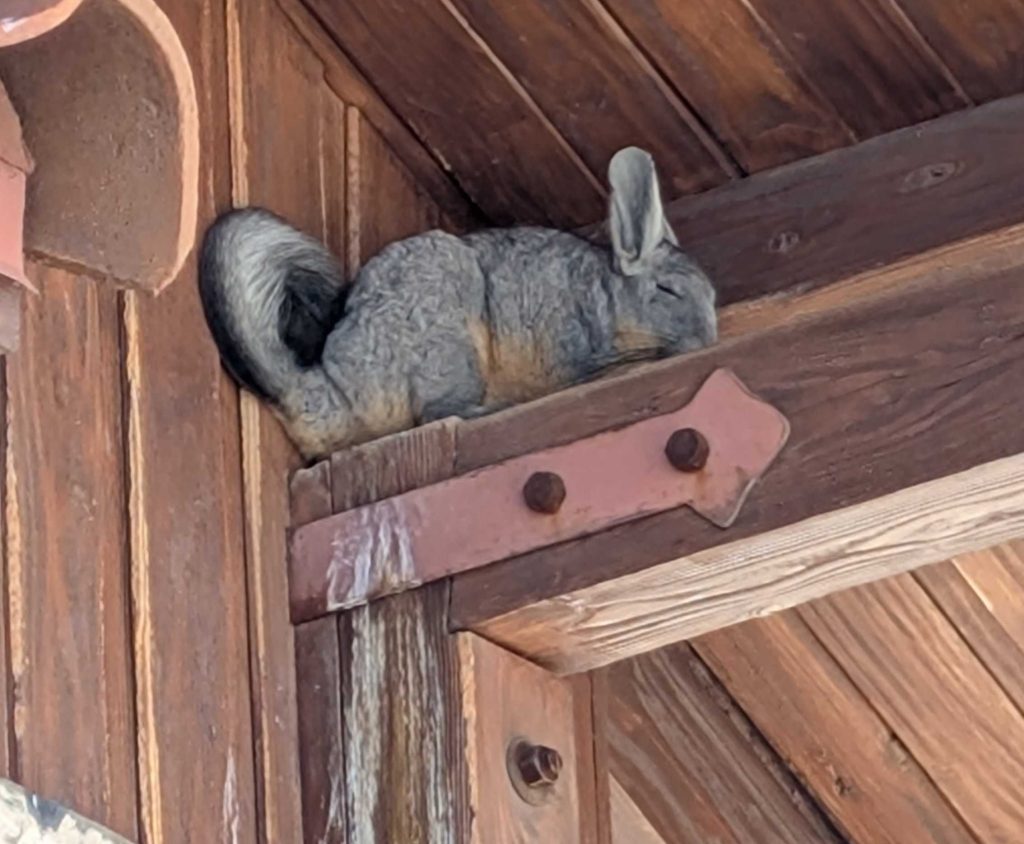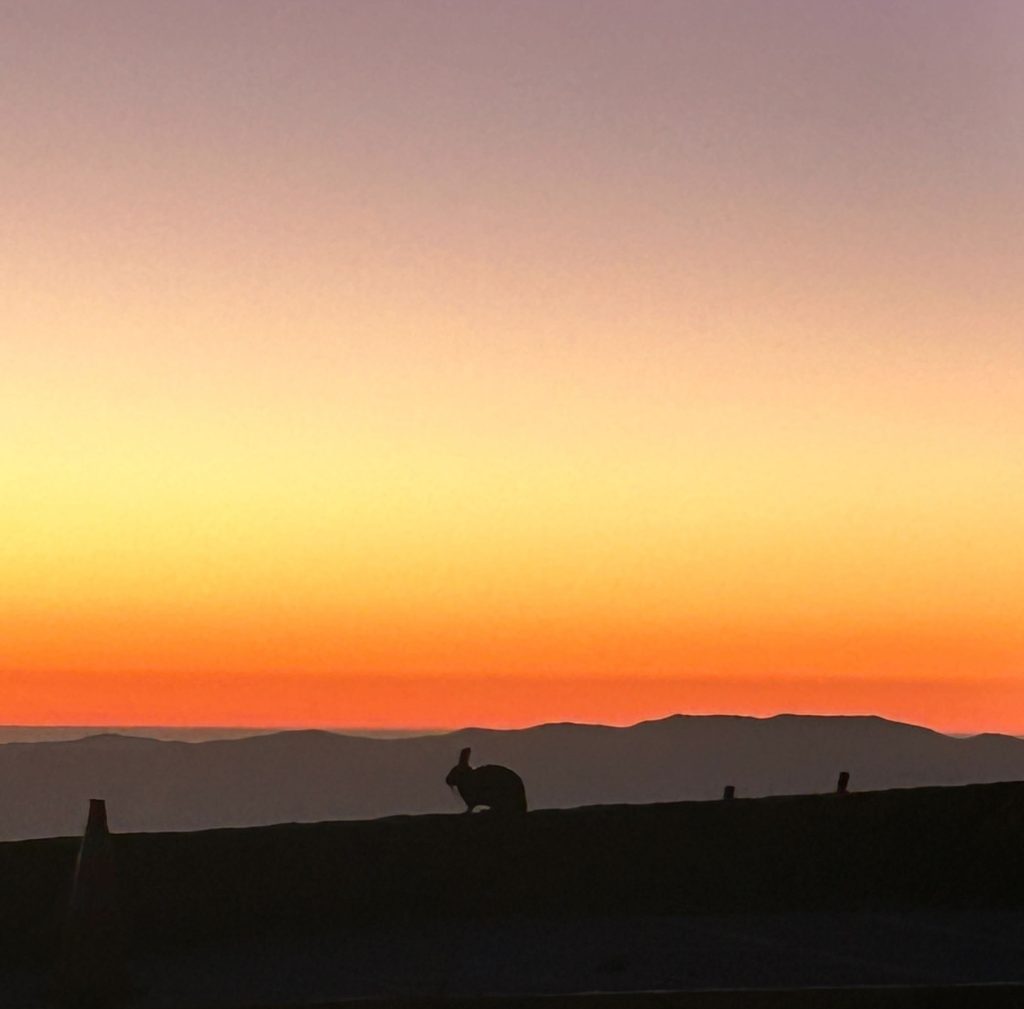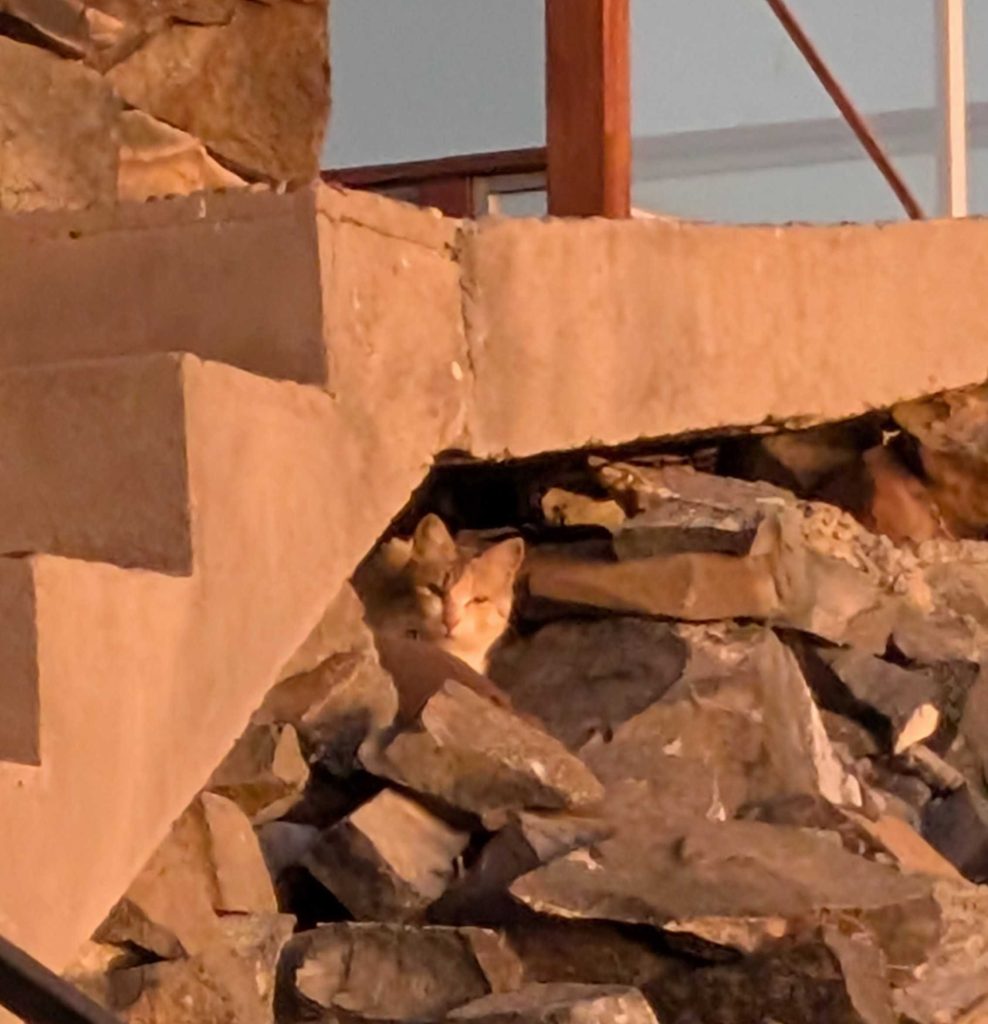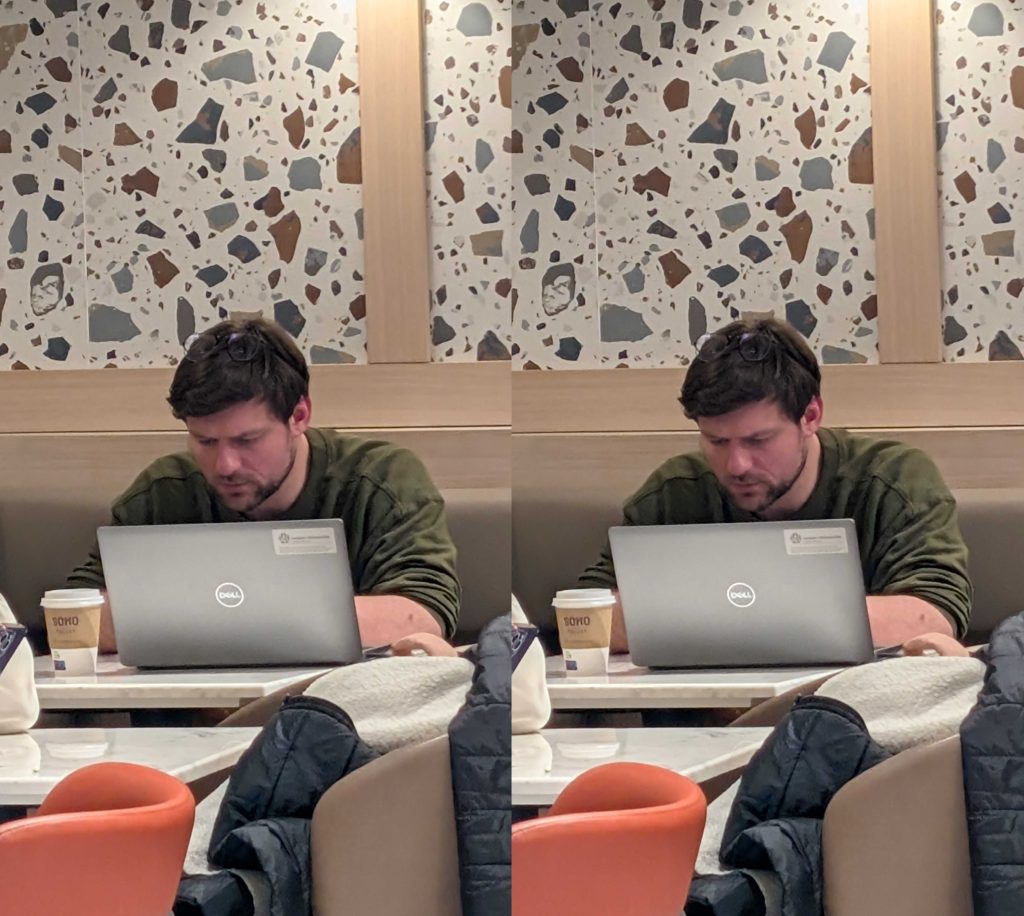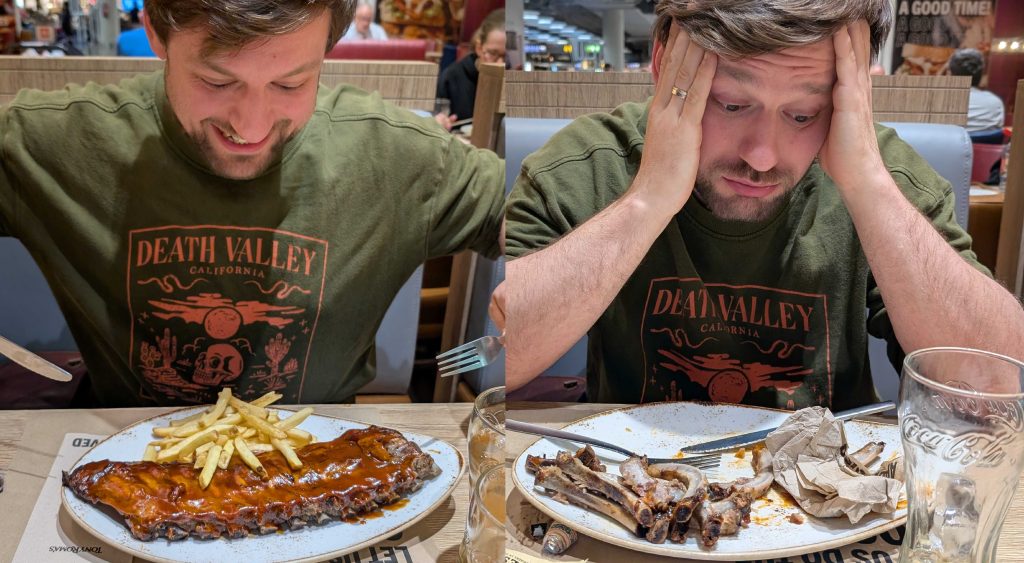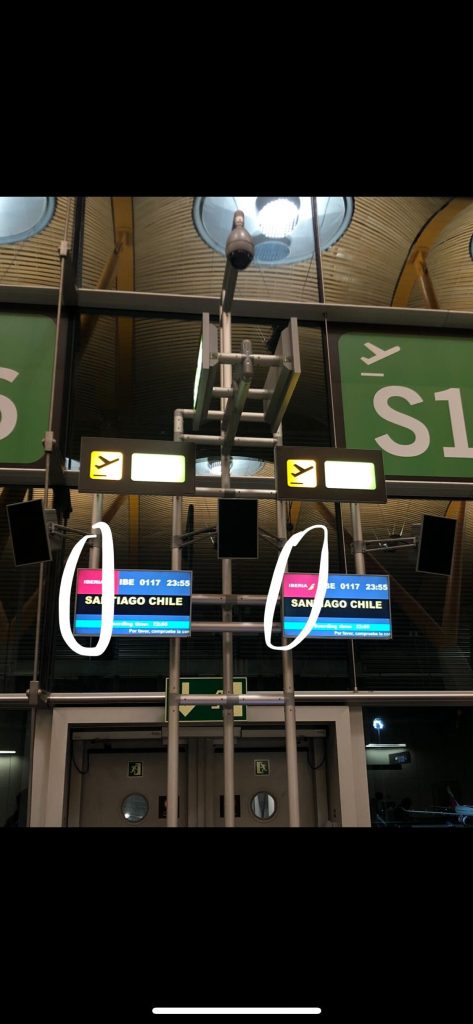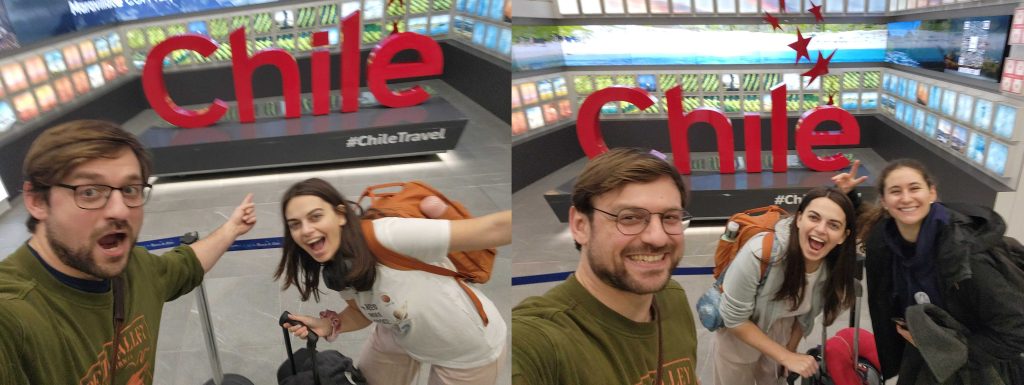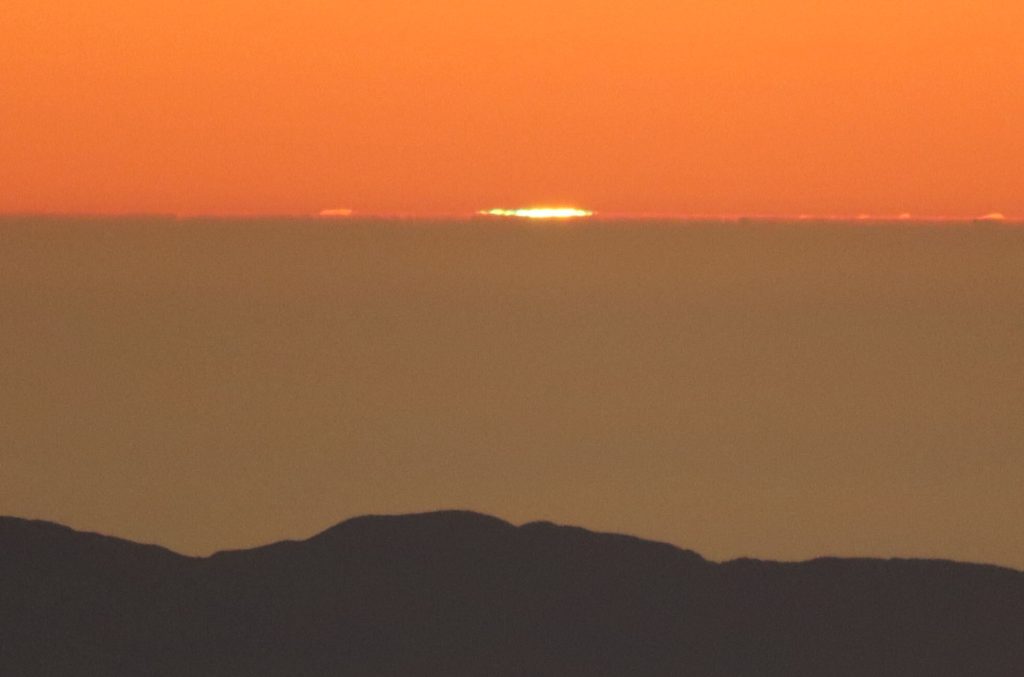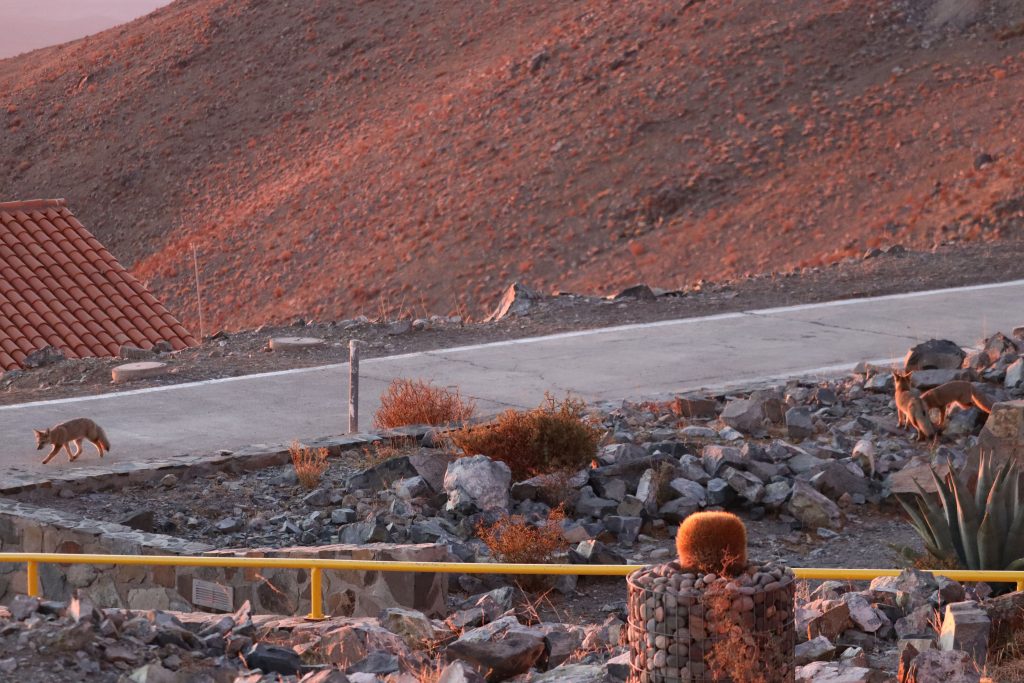The best way to start this blog is being thankful for the paths that lead me to Tucson, UofA, XWCL, MagAO-X and professor Laird Close. I had an great experience as a visiting postdoc in this academic and cultural very rich enviroment. Of course, none of this would be possible without the generous support of professor Claudia Mendes de Oliveira, PI of the Brazilian participation of the GMT consortium (https://www.gmt.iag.usp.br/en) and one of the founders of the Steiner Institute (https://instituto-steiner.org.br/), actual home of many talent engineers which are in a joint effort to contribute to the GMT instruments and push foreward the astronomical instrumentation in our country. A special mention to my colleague and new friend Rodrigo Pereira, who also take a part in this adventure.
My naïve ambition of contributing with such group of talent people, composing the XWCL, started acknowlodging that much efford and study would be necessary to keep it up with the group fast pace. Every story has a begining, and mine started studing the works of Warren Foster and Maggie Kautz, which were from the onset very kind and generous to me. While I live, I will never forget.

Slowly, the MagAO-X instrument concepts stated to grow up in my mind, all that fog that you face when fall in a new subject was becoming less and less obscure, up to the point I could see some light from beyond. In the mean time, during this prossess, I could contribute with some engineering in the reflective Lyot manufacuting, adjust and fixation mount. It is indeed exciting to realize that some of your ideas are part of a such complex instrument.
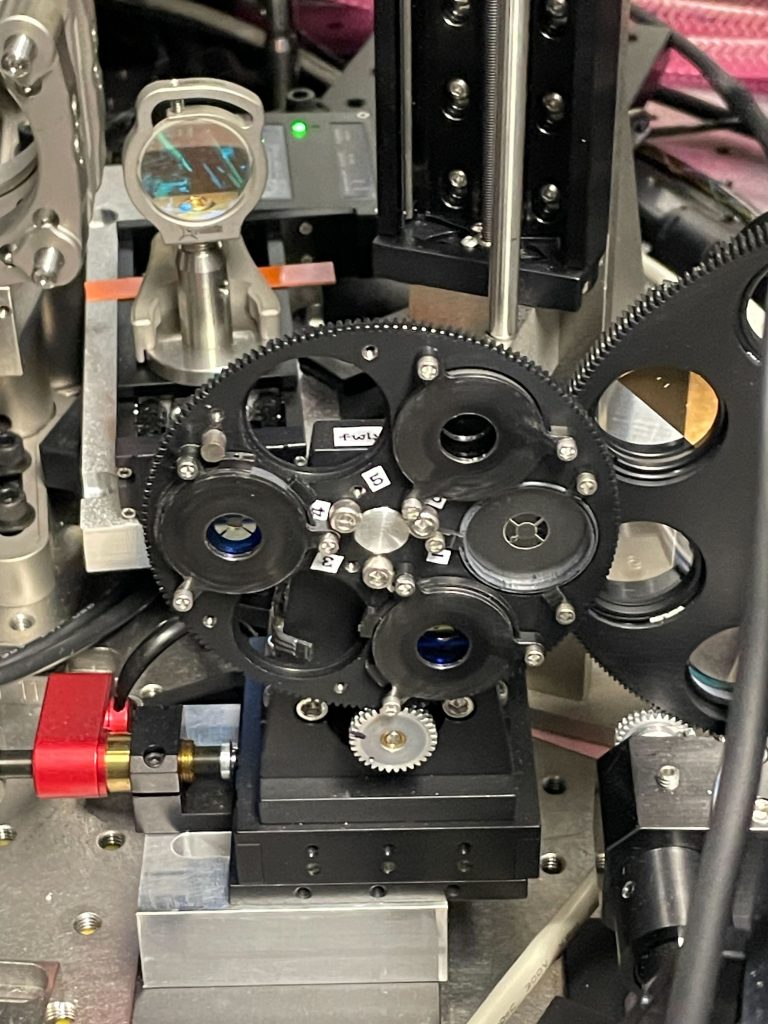
However, the cherry of the cake is about to come. There was this one time Laird calls me in his office to discuss his vision for a new module for increasing the MagAO-X capabilities. Simple, inexpensive and powerful! Just with the addition of a few elements, the MagAO-X would be able to perform polarimetric mesurements using AO correction. Such measurements are nowadays only possible in a few other instruments in top notch telescope. Laird asked me to assist him with the implementation of this project, and then, with a polarized beam splitter cube, a quarter-wave plate, and a linear and rotational translation stages, the polarimeter saga has begun.
With comercial off the shell and a few home made part, we came out with the right concept to install a rotation HWP in front of the instrument interface, fundamental characteristic to remove the maximum of induced instrument polarization using the Differential Polarimetric Imaging technique. From the mechanical project to the prototype lots of discutions and attempts have being made. In the end, we have got satisfied with the result. The main challenge were to mitigate whatever could possibly go wrong, because the instrument were located far away on the Clay Telescope, in the Cerro de Las Campanas, and if something does not fit, it could jepardize the whole project. Lesson learned, do not fully trust on your CAD model, you must try as hard as possible to antecipate preventive ajustments!
In the end, we did our best and took our chances. The day to commission the polarimeter was approaching.
The implementation and alignment of the polarized beam splitter cube was a pain for Laird and Sebastiaan, though no task is too difficult for those guys. Recognize, they are good! The artificial star spot were centered in both cameras.
OK, time to install the polarimeter support on the instrument interface, but not before some adjustments…it is a dirty job too.
In the meanwhile, I could practice photography (new hobby) and enjoy the company of wonderful colleagues.
Inrespective of the unfavourable seeing conditions of our commissioning night, we successfully have implement the brand new MagAO-X polarimeter mode. Certainly, a step foreward on the upcoming marvelous astronomical experiment to come from the minds of these talent astronomers of the XWCL.

Along with this last result, I can come back home, carrying all accumulated experience developed to share with my peers, and with the feeling of mission accomplished.
Song of the Day
This song is an ode to intergalactic astronomer, who in their search for exo-planets found a curious signal, using their alien coronagraphs, nearby a typical G2 star.
